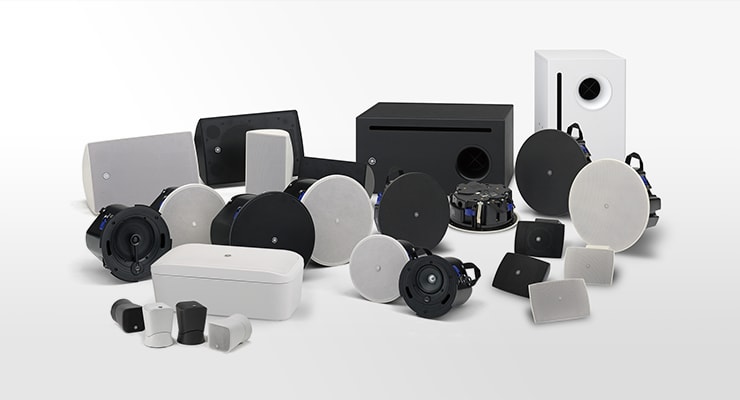Selecting the Ideal Security Camera Solution to Protect Your Business Resources and Improve Security
Selecting the appropriate security surveillance system is crucial for protecting business assets and guaranteeing the security of employees and clients. A properly-structured security camera system can deter crime, observe activities, and provide valuable proof in the event of incidents. When selecting a system, it is important to consider various elements, including the type of cameras, the layout of the premises, and the specific security requirements of the business. By understanding these factors, business owners can make informed decisions that improve their overall security strategy.One of the first steps in choosing a security camera system is to identify the types of cameras needed. There are several choices available, including dome cameras, bullet cameras, and PTZ (pan-tilt-zoom) cameras. Bulb cameras are often used for indoor monitoring due to their discreet design, while bullet cameras are more appropriate for outdoor use because of their durability and long-range capabilities. PTZ cameras provide flexibility, allowing users to from a distance control the camera's movement. Comprehending the advantages and weaknesses of each kind can help businesses choose the appropriate cameras for their specific environments.
Another important consideration is the layout of the property. Conducting a thorough assessment of the property can help spot at-risk areas that need monitoring. Busy zones, entrances, and parking lots are key locations where security cameras should be placed. Additionally, it is important to consider the lighting conditions in these areas. Some cameras are equipped with night vision capabilities, which can be advantageous for monitoring during dim conditions. By carefully placing cameras in important locations, businesses can enhance their surveillance coverage and enhance overall security.
The storage and management of video footage is another key aspect of a security camera system. Businesses must decide whether to use local storage, such as DVRs (digital video recorders), or cloud-based storage solutions. Local storage can provide quick access to footage but may require regular maintenance and upgrades. On the other hand, cloud storage provides remote access and can be more flexible, allowing businesses to grow their systems as necessary. It is crucial to assess the pros best site and cons of each option to determine which storage solution aligns best with the business's needs and budget.

Finally, it is essential to consider the combination of the security surveillance system with other security protocols. Many businesses gain from combining video surveillance with alarm systems, access control, and monitoring services. This integrated approach can offer a holistic security solution that enhances overall safety. Additionally, training employees on how to operate the system efficiently can improve response times in case of emergencies. By implementing these steps, businesses can establish a robust security framework that not only safeguards their assets but also fosters a secure environment for all on the premises.